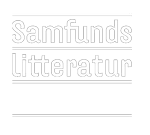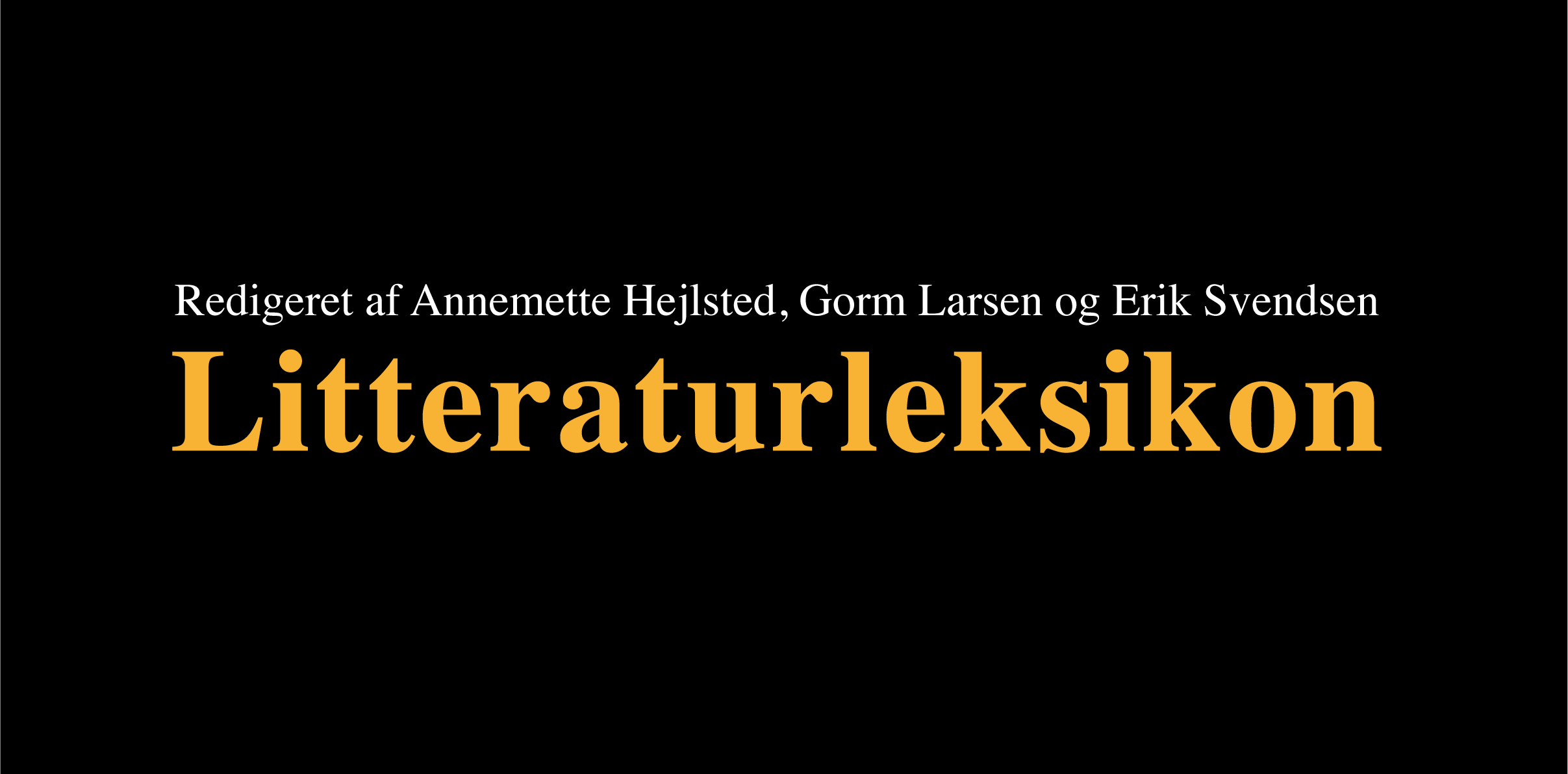Eva-Wood, Amy L. (2004/2010). “How think-and-feel-aloud instruction influences poetry readers”. Discourse Processes, 38 (2), s. 173-192
Farr, Roger & Conner, Jenny (2004). “Using Think-Alouds to Improve Reading Comprehension”. Reading Rockets. http://readingrockets.org/article/using-think-alouds-improve-reading-comprehension
Fialho, Olivia (2007). “Foregrounding and refamiliarization: Understanding readers’ responses to literary texts”. Language and Literature, 16 (2), s. 105-123. http://lal.sagepub.com/content/16/2/105
Gøttsche, Nina Berg (2018). “Think-aloud som dialogisk metode i litteraturundervisningen”. Viden om literacy, Nr. 23. www.videnomlaesning.dk/media/2417/23_nina-berg-gottsche.pdf
Kuiken, Don & Miall, David S. (1995). “Aspects of literary response: A new questionnaire”. Research in the Teaching of English, 29, s. 37-58
Langer, Judith A. (1995/2010). Envisioning Literature: Literary Understanding and Literature Instruction. New York: Teachers College Press
Miall, David S. & Chard, Sylvia C. (2016). “Authorizing the reader in the classroom”. I Burke, Michael; Fialho, Olivia & Zyngier, Sonia (2016). Scientific Approaches to Literature in Learning Environments. Amsterdam: John Benjamins, s. 39-56
Miall, David S. & Kuiken, Don (1994). “Foregrounding: Defamiliarization, and affect: Response to literary stories”. Poetics, 22, s. 389-407
Miall, David S. & Kuiken, Don (2002). “A feeling for fiction: Becoming what we behold”. Poetics 30 (4), s. 221-241
Pacheco, Denise L. (2011). Writing Out Loud. The Intellectual and Epistemological Work of Developing a Community of Poets in an Urban Elementary Classroom. Ph.d.-afhandling. Los Angeles, Calif.: UCLA
Pressley, Michael & Afflerbach, Peter (1995). Verbal Protocols in Reading: The Nature of Constructively Responsive Reading. New York/London: Routledge
Reading Rockets (2012). “Think-alouds”. http://readingrockets.org/strategies/think_alouds
Reichl, Susanne (2009). Cognitive Principles, Critical Practice: Reading Literature at University. Göttingen/Wien: V&R Unipress/Vienna University Press



